|
Poetry of Yew
Yew; a church, a cathedral of the ancient world, Outliving stone and tomb that have been positioned well. The red barren earth beneath illuminates her imposing grandeur, She makes no apology for the life destroyed beneath her. And yet that destruction is hard won, As she inexorably grows, conscious of every inch. Alchemy of Shaman, reborn from bird, The seed took flight before being buried in the earth. Encapsulated in earth’s womb before being reborn, She knows of vulnerability, the terror of being small. Many of our lifetimes have passed, to reach this pinnacle, Her great age of fruition, indestructible. A physical form of the eternal soul, the Shaman, the Bard, Would do to know her well. Judge not her lessons, cold and irresponsible, For she dwells in eternity and cares not for the vulnerable. Goddess of Power, Goddess of Age, Goddess of Strength, Respect her Ways. J.Huet 2017 Yew Taxus baccata (Latin) Idhadh (Ogham/Gaelic) Idho, Yew. Oldest of woods, service tree, Yew. Strength or colour of a sick man, people or an age. Abuse of an ancestor or pleasing consent. Book of Ballymote 1391 The yew and the oak probably feature more in British traditions than any other tree. Yew speaks of ancestors, death and re-birth and when you see a mature tree with its dark foliage sweeping down to the ground and taking root you can see why. Yew is Britain’s oldest living tree, pre-dating many of the churches to whose grounds it belongs. The Fortingall Yew in Perthshire is said to be around 5000 years old. However yew is notoriously difficult to age. At one time it was thought that the church was built and a yew tree planted but carbon dating has proven the tree is often far older than the church and said to have sheltered Christian missionaries long before the church was built. Evidence suggests that these sites were already used by the older faiths of Britain and so it is likely that in order to integrate a new religion they would have continued to use the same sacred site. Ring-counting as well as carbon dating can be inaccurate for the yew as it will remain dormant for hundreds of years! The Yew has an amazing ability to survive, often growing profusely on chalk down-lands resisting shade and pollution effectively. There is a folk tale of yew which emphasises its genetic ability to withstand disaster. The tree is sad that its foliage is dark and uninteresting so the fairies wanting to please the tree turn its foliage to gold which thieves then steal. They then turn its foliage to crystal and the foliage shatters in a storm; and then into large broad leaves which are eaten by goats. The yew concludes its foliage is perfect to withstand the test of time and celebrates its dark appearance. The theme of death is often associated with yew which contains deadly poisons especially in its wilting foliage and seeds. Modern research has also uncovered the chemical taxol in yew to help treat cancer. Due to its dangerous poisons yew as a herb is only used as a tincture helping symptoms of cystitis, headaches, afflictions of the heart and problems with the kidneys, gout and rheumatism. In stories and traditions yew is always regarded with caution. The old Celtic kenning for yew states – ‘abuse of an ancestor or pleasing consent.' It is said to be unlucky to cut the tree and that the wood should only be taken from fallen trees. However practical application seems to always win through and this lore has not stopped yew being cut for its main use as a bow. Maybe using a tree with a deadly reputation as a weapon actually fits in with the ancient lore as it certainly brought much success to those who wielded it. Its wood is perfect to make long bows although in Britain it is often too knotty and brittle for this purpose. The perfect bow made from coniferous type trees ( which includes yew) should be slow growing. This means the most prized yew wood is that which comes from high altitudes growing in exposed windswept places. The early ballads of Robin Hood claim his bow is made of Spanish yew. Yew can be used to symbolise resurrection when used on palm Sunday and at Easter. Yew shoots have been put into the shrouds of the dead to protect and restrain the spirits. This connection with spirits and death is a constant theme especially as the tree is often seen growing by the graves of our departed loved ones maybe easing their passage or allowing us to commune with them? Further stories explore the idea of yew being an entrance to the other worlds. Thomas of Erceldoune known as Thomas the Rhymer from the thirteenth century, is said to still await his re-birth in an old Scottish yew grove after visiting the faerie realms. In Ireland yew is recognised as one of the most sacred trees, the tree of eternity transcending time and able to give the gift of invisibility to one who uses it. Mad shaman-type poets like Sweeney Gilt and Merlin are said to take shelter and acquire all their knowledge in the yew grove and Fionn and his loyal warriors are said to have met their end there on Samhain eve. The oldest found weapon is a crude spear of yew from the Stone Age. Yew’s wood is also used for furniture, paneling, fence posts, ship masts and wine barrels. If you would wish to experience deep meditation and learn more about the Yew you are welcome to attend our Woodland Bard Evening on the 24th January@6pm.
1 Comment
Whitebeam Sorbus aria
Beacon of hope, boundary marker, Effervescent glow, the Whitebeam. Pure white flowers, soft hairy leaves, Gentle presence, the Whitebeam. Stands alone, cannot be pinned down, Wild, untamed, the Whitebeam. Limestone cliffs, babbling brooks, Rolling landscape, the Whitebeam. Hard timber, bow-wood, Gentle warrior, the Whitebeam. J.Huet 2018 As a young man walking the downs I will never forget my first sight of the whitebeam in full flower. It stood like a shining beacon of hope and its memory is forever etched in my mind. It announces its presence in the spring with effervescent silvery white leaves giving the tree a look of a candelabrum. At this time I was unaware of its bewildering array of forms refusing to be pigeon-holed into one neat species. The sorbus genus consists of many species including the rowan (S.aucuparia), the true service tree or whitty pear ( S.domestica) which is considered to be Britain’s rarest tree and the wild service (S.torminalis) which has more maple-like leaves and small pear-like fruits. In addition to these species there are up to 18 rare or endemic species of whitebeam specific to a range of places from Devon to the Wye valley and the Isle of Arran to Wales and Ireland. Please find a full list at the end of this article. The whitebeam is an ideal amenity tree as not only does it look striking for much of the year with its silvery-white leaves and white flowers followed by red berries and autumnal golden leaves, it also grows on dry chalky soils resisting drought as well as pollution. Traditionally the whitebeam is used for the making of cogs from its very tough wood as is the hornbeam tree ( beam meaning tree in Anglo-Saxon). Its over-ripe berries can make a syrup to flavour venison and its wood can also make bows. A beautiful tree consisting of rare truly wild species in some of the last remaining unaltered areas of England such as on the Avon gorge and the Wye Valley. It truly is a beacon of hope urging us to continue to preserve the few true native tree species of our English Countryside. Apomictic Whitebeams endemic to the British Isles: Sorbus arranensis – Isle of Arran only. Arran Service Tree – Isle of Arran only. Sorbus pseudomeinichii - Isle of Arran only. Lancaster Whitebeam - Lancaster only. English Whitebeam - Great Britain and Ireland only. Bristol Whitebeam - Avon Gorge only. Devon Whitebeam – Devon, Somerset, Cornwall and Ireland only. Ley’s Whitebeam – Brecon Beacons only. Lesser Whitebeam – Brecon Beacons only. Sorbus leptophylla – endemic to UK Sorbus wilmottiana – endemic to UK Bloody Whitebeam – Exmoor only. Sorbus subcuneata – coastal North Devon and Western Somerset only. Cheddar Whitebeam – Cheddar Gorge only. “No Parking” Whitebeam – North Devon only. Llangollen Whitebeam – Llangollen only. Irish Whitebeam – Ireland only. Leigh Woods Whitebeam- Leigh Woods only. If you would like to support our work and go even more deeply into Nature Connection please become a member and have exclusive access to our online course. Left to Right - Bird's-foot trefoil - Common Hemp-Nettle - Rosebay Willlowherb Poetry of flowers- In Praise of Weeds
'Delicate wonderful blooms of tenacious power, soft lush growth wherever it flowers. Over rubble and concrete, plastic and glass, nature regenerates, cares not if you've asked. Green fresh growth encapsulates beauty, every tiny flower tells a story. Showing no fear they grow where they can, covering the waste produced by man.' J.Huet 2017 Plants create beauty. When land is cleared when concrete is laid, plants create beauty. I look upon the humble plantain hugging the earth with its drab thick leaves and unnoticeable tiny white flowers. Its Latin name ‘Plantago’ means ‘sole of foot’ and the Native Americans call it ‘white man’s footprint.’ These names indicate its role as a first coloniser when land is cleared rather like birch and bramble. When nature starts to re-generate of its own accord it’s time to take note, step out of the way and allow the voice of nature to speak through. As a human I am far more dispensable than the smallest insect and lowliest weed and if I am humble enough to learn from nature I can then begin to fulfil my true role as a caretaker of the earth. A neglected concrete platform is covered with a stunning array of Hemp-nettle, Bird’s Foot Trefoil and Mullein. An old bomb site from World War Two has a spectacular display of Rosebay Willowherb. The deep purple flowers of Self- Heal amongst the pure white clover and daisies creates a breath-taking display on the un-cut grass sward. However due to their common presence each plant is cut, poisoned and removed at every opportunity. ‘In common things that round us lie some random truths he can impart -The harvest of a quiet eye that broods and sleeps on his own heart’ William Wordsworth. Plantain increased in number around 4000BC when the first infestation of elm disease started to infect our early elms. Rosebay Willowherb before World War Two was more associated with mountainous regions in Scotland and the common Self-Heal is a beautiful plant with many healing properties. These so-called weeds all have key roles in the welfare of this planet. Neglected farm land becomes a wooded landscape in as little as 30 years but not without first becoming a mess of bramble and nettle. Great classic poets speak in rapture of the common plant. John Clare states: ‘My wild eye in rapture adores every feature. Ye are dear as this heart in my bosom is to me.’ Patrick Kavanagh states in one of his poems: ‘I knew them all by eyesight before I knew their names. We were in love before we were introduced.’ I hope in a more serious scientific conservation movement we continue to praise, love and cherish plants for their beauty. We preserve that which we love far more vehemently than that which we know is good for us! The poetry of flowers therefore is a celebration of the common plants we are all indebted to and is my offering to their continued presence. I also offer my hands which will continue to sow their seeds. If you would like to enhance your nature connection you may wish to try our Nature Connection Course: Qualities of Pine
Ailm, a Fir tree, a Pine tree. Loudest of groanings that is wondering, Ailm or ah is what a man says while groaning in dis-ease or wonder. A, beginning of the weaver’s beam, ahh. Beginning of answers. Book of Ballymote 1391 Pinus sylvestris ( Latin) Ailm ( Ogham/Gaelic name) Pine woodlands often form what is known as high forest where trees are allowed to grow unhindered by the practices of coppicing and pollarding. Pine is associated with the moors and open areas of Britain as well as colder climates and free draining mineral soil (peat). The Scots pine (Pinus sylvestris) is a native to all of the British Isles but the true native probably now only grows in Scotland in places such as Loch Rannoch which is still home to the rare wild cat and at one time home to wolves up until at least the 1700s. Today pine woods such as these are still home to a number of specialist species such as the red squirrel- our only native European species, and birds such as the crossbill and goldcrest. Pine is associated with the Winter Solstice or the period of time known as Christmas. In Europe great fires were lit of pine to welcome back the light and they may well have been decorated with shiny objects to also attract and encourage the light to return. This festival simply marks the longest day ( 21st December) and therefore from then on the light is returning. The rising sun is often depicted as the birth of a solar deity such as the Mabon, Oak king or Jesus. This is probably why the Pine is associated with rebirth and the image of a crane nesting in its boughs is indicative of new life. Pine trees will grow up to a 100ft with long tap roots that will enable the tree to cope with strong winds. The wood is yellowish and fairly soft and has been imported into Britain including Scotland since early times. The main historical use of its timber was as scaffold poles to build structures such as churches for instance. Pine timbers can be found in Ely cathedral which probably started out as scaffold poles before being integrated into the structure. The timber was also used in its own right in the form of tongue-and-groove boards rather like Baltic oak to help build the doors of York Minister and Lakenheath church in Suffolk. In the 1500s an extra storey was built of pine on an otherwise oak property. It has also been used to make chests and strong boxes, pit props, railway sleepers, telegraph poles, furniture and ship masts. Pine resin has many uses including sealing wax for violin bows, to coat the insides of beer casks, a glue, and as sealant for boats known as ‘brewers pitch’. Pine when used as medicine is a powerful bronchial disinfectant, antiseptic and expectorant. It is an effective stimulant and a treatment for bladder and kidney problems, gout and skin diseases. Its needles and buds can be taken as an infusion (cup of tea) for bronchial infections, cystitis and rheumatic ailments. The same infusion could be massaged into aching joints. An alternative to tea is to make a syrup which can be used as a bronchial tonic. Finally the same ingredients could simply be inhaled as a steam bath to help clear your sinuses. Ailm is the old name for Pine and the root meaning of this word can be interpreted as ‘that which goes forward’ and ‘will or desire’. The tall pine on the summit of the hill with its fresh-heady scent and tall gracious form can be seen as a symbol of elevation and positivity. It calls us to use our will as a positive force and to know things from our own innate wisdom that has accumulated through life’s experiences. It is the wisdom accumulated through years of experience and represents high states of elevation. Breathe fresh positive life into all situations with Ailm, the Pine tree. If you have enjoyed this article you may wish to subscribe to our Free newsletter and learn more on our Tree Folklore home study course. Bright Blessings, Jonathon |
Details
Poetry of flowersJoin me to explore the flora of the British Isles on this blog. My intention is to attempt to capture the unique quality and beauty of each species of flower, tree or shrub. For every species featured I will be growing many more wildflowers to celebrate the joy of their existence, their intrinsic conservation value and bewildering array of uses. For nearly 30 years I have noted, studied and explored wildflowers in the field much to the patience of the walker beside me. To share this passion is a heartfelt plea to respect, preserve and care for all British Wildflowers no matter how common they seem. Archives
February 2024
Categories |

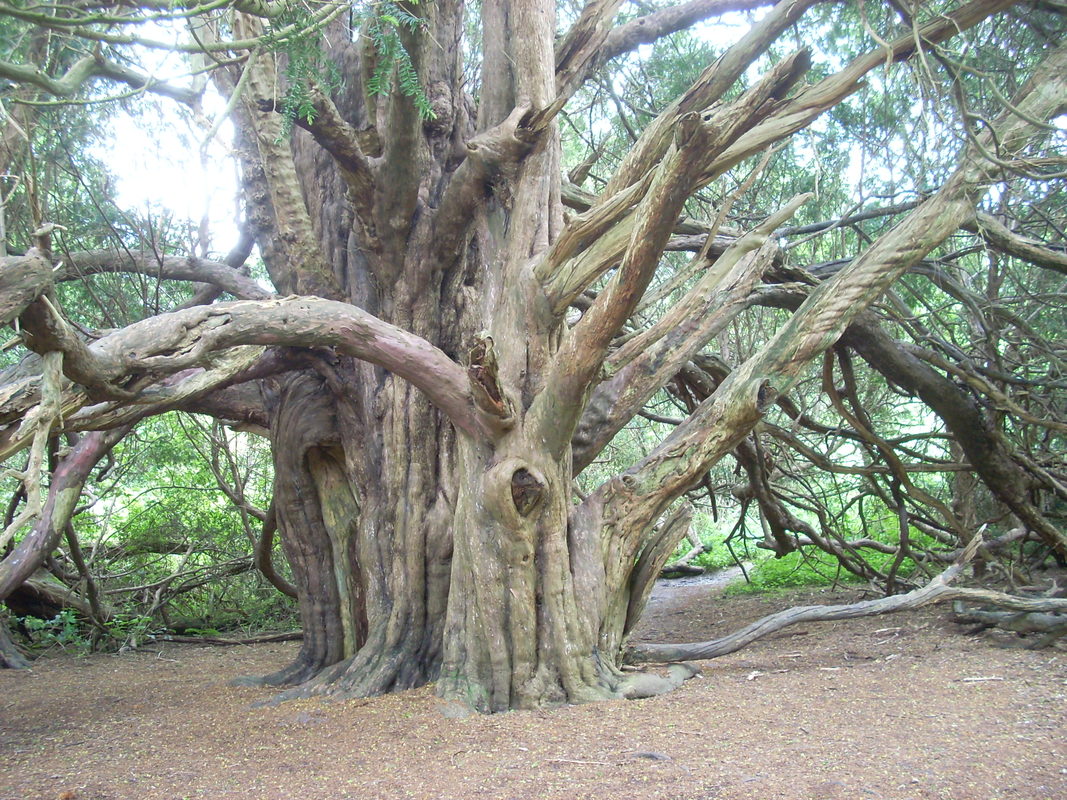
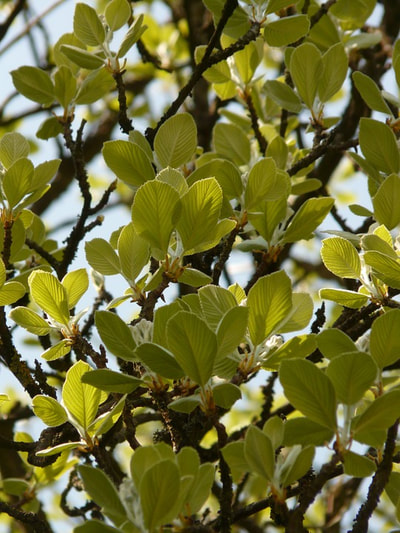
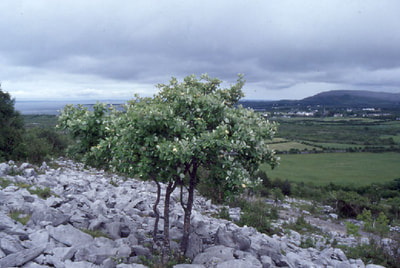
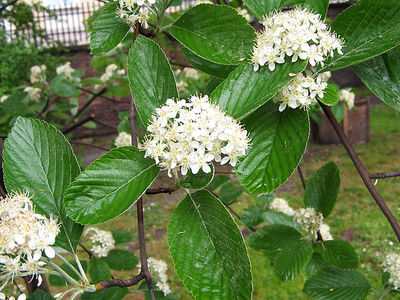
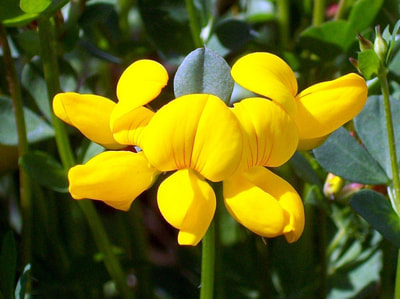
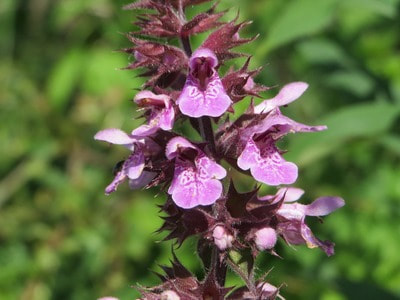
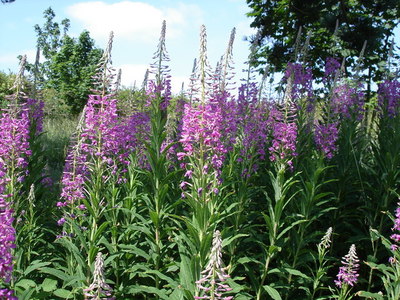
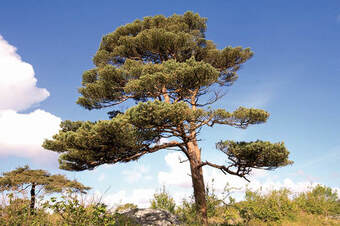
 RSS Feed
RSS Feed
